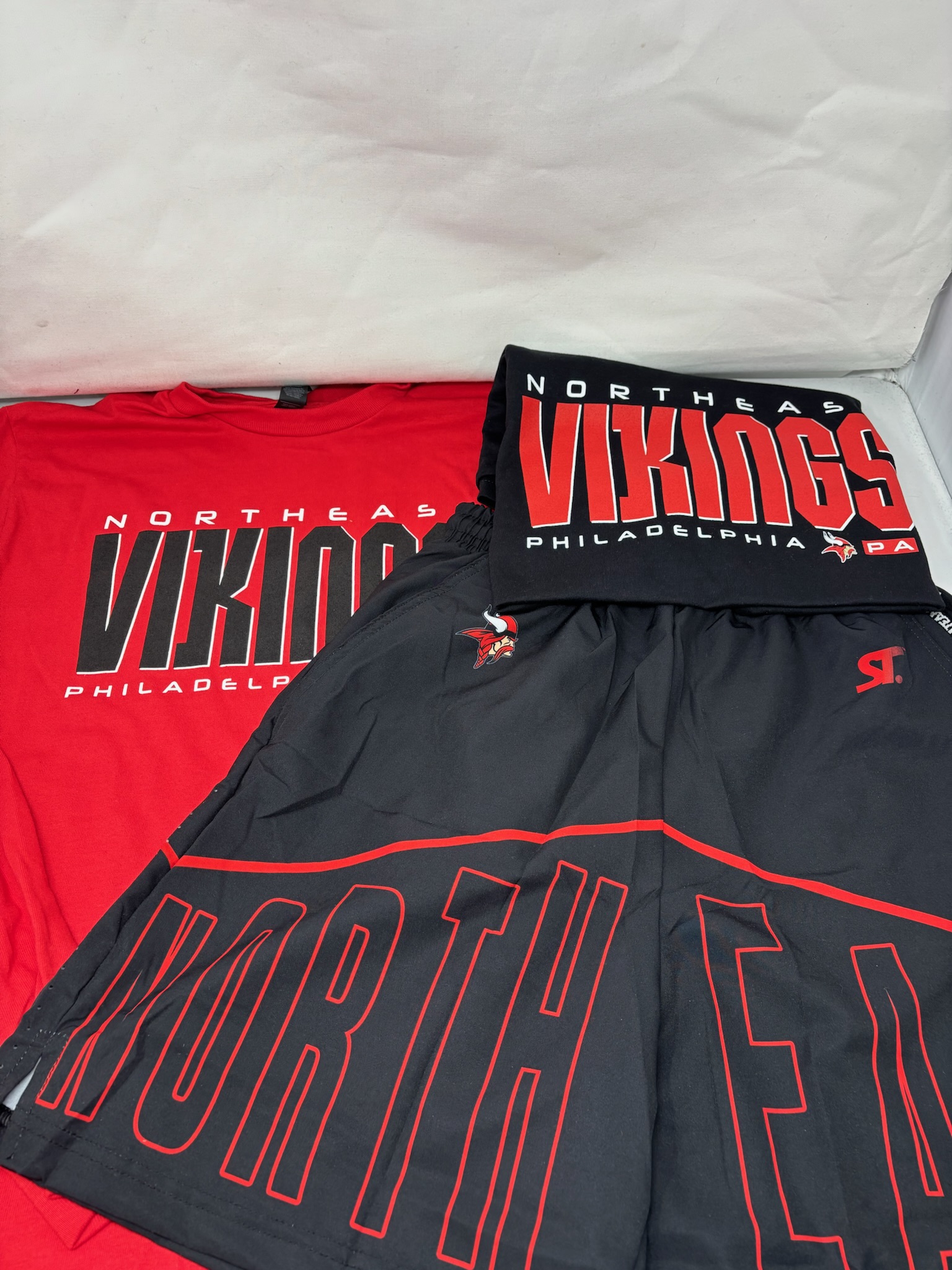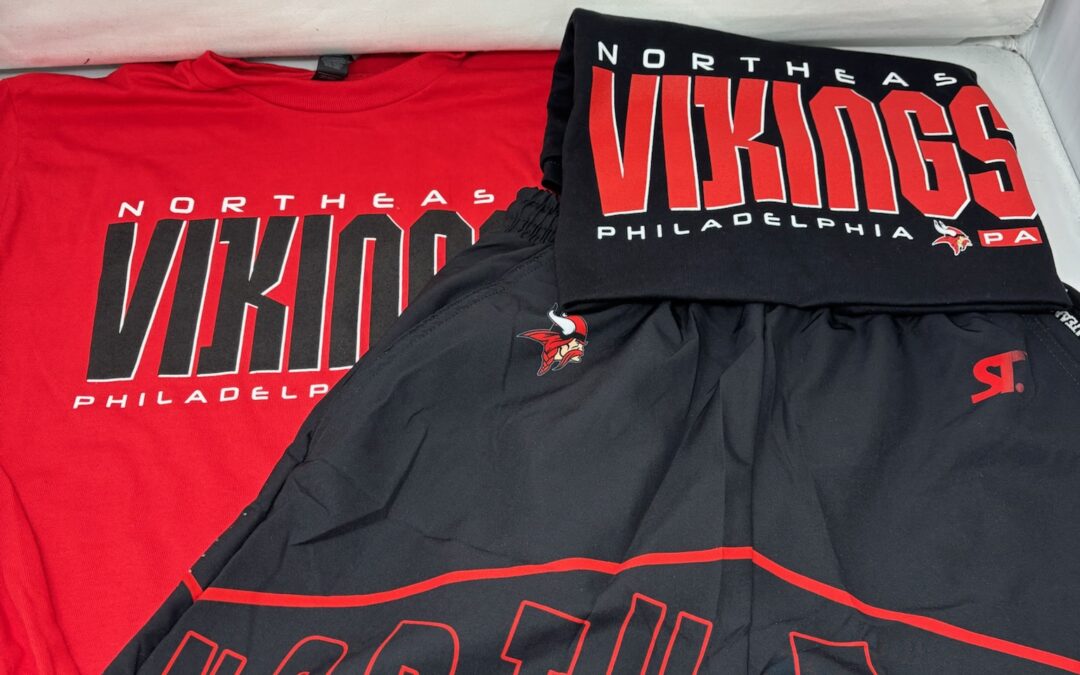When it comes to custom apparel, screen printing and heat transfer are two of the most popular methods used. Both techniques allow you to add logos, designs, or graphics to clothing, but they differ significantly in terms of process, durability, cost, and the types of designs they are best suited for. So, how do you decide which method is right for your project? Let’s break it down.
What is Screen Printing?
Screen printing is a traditional method where ink is applied to fabric through a mesh screen. The design is created by blocking out certain areas of the screen with a stencil or screen coating, allowing ink to pass through only the open areas. This technique is ideal for larger quantities of the same design and is known for its vibrant colors and durability.
Advantages of Screen Printing
- Durability: One of the main advantages of screen printing is its long-lasting nature. The ink is absorbed into the fabric, making the design resistant to fading even after multiple washes.
- Cost-Effective for Bulk Orders: Screen printing is highly efficient for large orders. The setup costs may be higher, but once the screen is made, printing each item is relatively inexpensive.
- Versatility: Screen printing can be applied to a variety of fabrics, including cotton, polyester, and blends, making it perfect for creating custom t-shirts, hoodies, and more.
- Vibrant Colors: The process allows for bold, bright colors that are resistant to fading, making it ideal for designs with strong color contrast.
However, screen printing can be less suitable for highly intricate designs, especially if they involve a lot of detail or multiple colors. Additionally, the setup process can take time, which may not be ideal for smaller batches or urgent projects.
What is Heat Transfer?
Heat transfer printing uses heat and pressure to transfer a design from a special paper onto the fabric. The design is first printed onto transfer paper, which is then applied to the fabric using a heat press. Unlike screen printing, heat transfer is better suited for smaller orders or designs with a lot of colors and intricate details.
Advantages of Heat Transfer
- Great for Small Runs: Heat transfer is a great choice for smaller quantities or one-off custom designs. Since there are no setup costs, it’s more affordable for low-volume projects.
- Detailed Designs: Heat transfer is ideal for designs with fine details or gradients that would be challenging to replicate with screen printing. This method works well with complex logos and artwork that require high resolution.
- Quick Turnaround: Heat transfer printing typically has a quicker turnaround time compared to screen printing, making it a good choice for time-sensitive projects.
- No Setup Fees: Unlike screen printing, heat transfer does not require the creation of screens or stencils, which means no extra setup costs. This can be a big advantage for those who need to print just a few items.
On the downside, heat transfer prints may not be as durable as screen printing. Over time, the design can crack or peel, especially after many washes. The longevity of the print also depends on the type of transfer paper and the fabric used.
Key Differences Between Screen Printing and Heat Transfer
- Durability: Screen printing provides a more durable finish, especially for designs that will be washed repeatedly. Heat transfer, while great for intricate designs, can show signs of wear and tear over time.
- Cost: Screen printing becomes cost-effective in bulk, but heat transfer is more affordable for small orders or single items. This makes heat transfer the better choice for one-off designs or small business owners.
- Design Complexity: Heat transfer excels in printing detailed, multi-colored designs with complex patterns. Screen printing, while excellent for bold, simple designs, can struggle with fine detail or complex color mixes.
- Time: Screen printing can be time-consuming due to the setup process, but it’s faster for large orders. Heat transfer has a faster turnaround time, particularly for small runs.
Which One Should You Choose?
The choice between screen printing and heat transfer largely depends on your specific needs. If you’re planning a large order with a simple, bold design, screen printing is the way to go. It’s durable, cost-effective in bulk, and offers vibrant colors that last. On the other hand, if you need a small batch, a highly detailed design, or a quicker turnaround, heat transfer is likely the better option.
For businesses or individuals in the Philadelphia area, Phresh Prints Ink offers expert screen printing services that ensure your designs come out perfectly. Whether you need custom t-shirts for your team or promotional items for your event, we are here to help you with the best options for your needs. With years of experience in custom screen printing, our team is ready to bring your ideas to life with vibrant, long-lasting prints.
At Phresh Prints Ink, we’re dedicated to providing the best possible results for your custom apparel needs. Reach out today to discuss your project and let us help you choose the perfect printing method. Whether it’s screen printing or heat transfer, our team has the experience to deliver exceptional results.
Visit Phresh Prints Ink today and start your custom apparel project with the experts in screen printing in Philadelphia!


